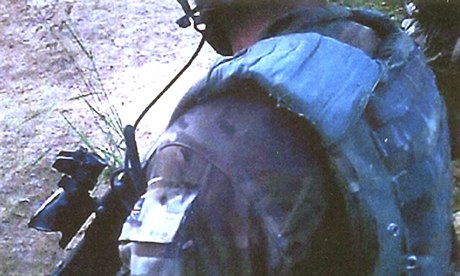With the 70th anniversary of the D-Day landings coming up next year, we
will no doubt see a publishing frenzy about D-Day and the Battle of Normandy.
This might not be on the scale of First World War publications but will be
significant nether the less. The British and Canadian performance in the Battle
of Normandy is a subject of very differing and strong views. One book that has
come out in recent months is a reappraisal of the efforts of 21st
Army Group in the entire North West Europe Campaign. ‘Monty’s Men: The British Army and the Liberation of Europe’ (John Buckley) provides a
very convincing argument for the delays suffered in the Normandy campaign and
highlights the fact that 21st Army group was drawing the bulk of
German Panzer strength on to their front.
This is a view that I tend to agree with, and while there
were delays and setbacks the overall campaign achieved the objective of
destroying the German Forces in Normandy and also inflicting such catastrophic
damage upon long term ability of the German armed forces to oppose the advance
on Germany via Normandy.
Due to the losses suffered by German formations (Wehrmacht,
SS and Luftwaffe) and the collapse of German resistance in Normandy; the actual
timetable and objectives were ahead of the planned dates. The breakout and
advance across Belgium became known as the “Great Swan” due to the pace and
lack of resistance in the way of 21st Army Group.
Performance was certainly varied among units that made up 21st
Army Group, but as a whole it performed well and to expectations. Certain
Operations could have been carried out better or had more detailed realistic
plans (such as Operation Goodwood). However General Montgomery certainly did
not help matters both before, during and after the campaign in Normandy had
been won. His sweeping statements regarding the level of success that would be
achieved by individual operations meant that expectations were high and
invariably difficult to meet/ achieve in the best of circumstances. However the
plans were required to be bold in order to guarantee the resources that were
needed. Goodwood is a prime example of having to twist the arm of the RAF for
the use of heavy bombers in a tactical role, something that would not be
possible if the scope and aims of the operation were modest.
Over the next few months I plan to delve into the
performance of 21st Army Group in Normandy using a wide range of
sources and where time permits plenty material from the National Archives.
This weekend just gone, I had the pleasure of attending the
Guild of Battlefield Guides Annual General Meeting Weekend. This was the second
year that I attended and matched the standards of the previous one. The level
of knowledge in the building was very high as was the enthusiasm for delivering
excellent battlefield tours.
It was a great weekend for making contacts and for finding
out a number of ongoing projects related to the 100th anniversary of
the First World War.

Battle of Mons- Photosource: Authors Collection
I came away with a renewed commitment to leading a few tours
for friends and family next year and for putting some serious thought into
starting on the path to the coveted ‘Badge’. Validation for this involves a
number of assignments beginning with a 20 minute presentation (stand) on a
battle of your choosing. I have a few in mind so it will be an eventful few months
of planning and researching a number of stands and hopefully visits as well.

